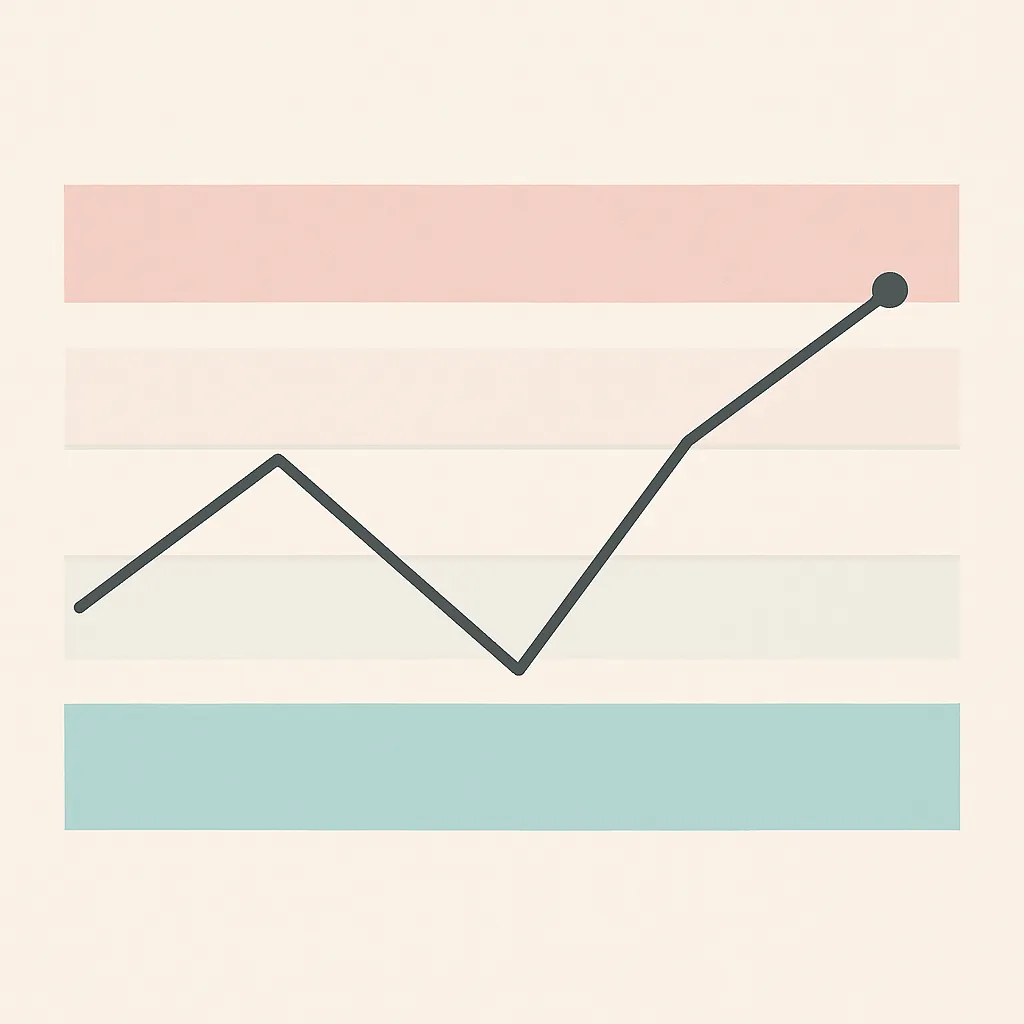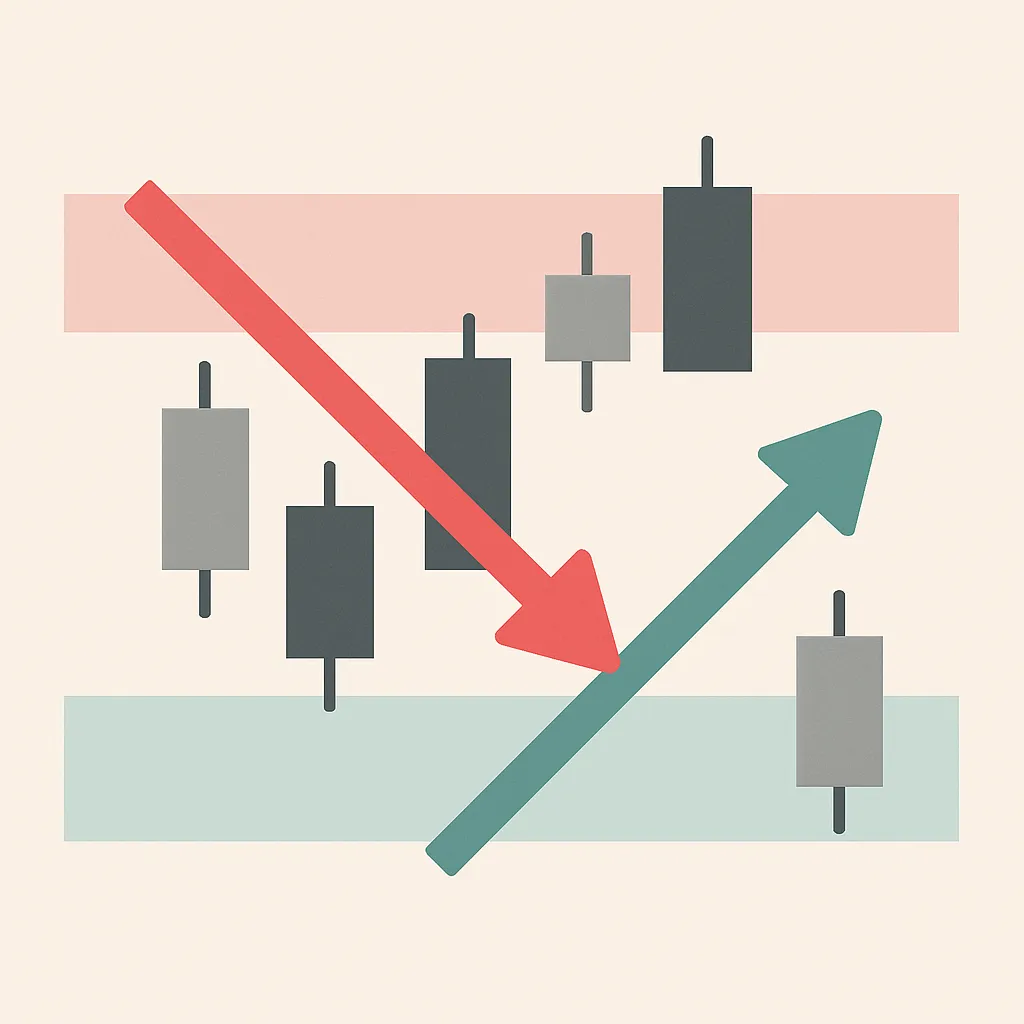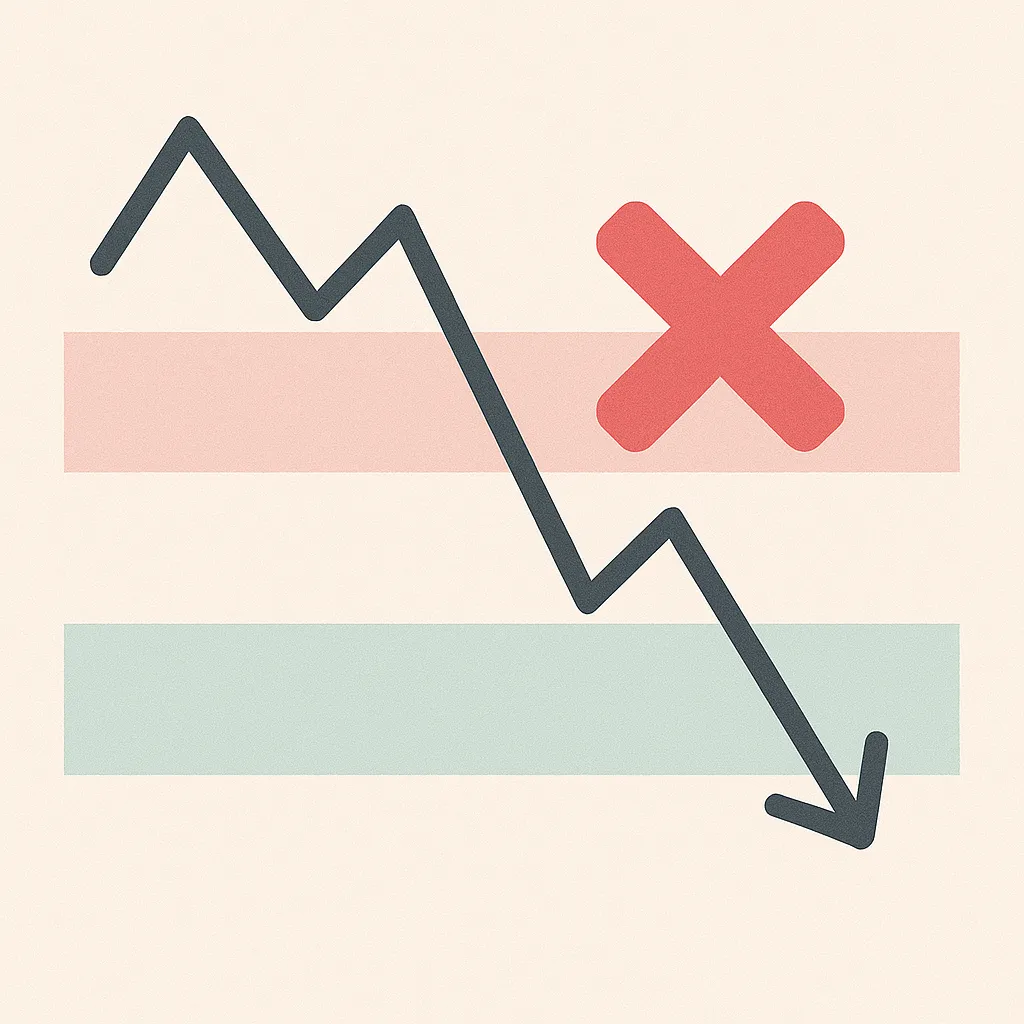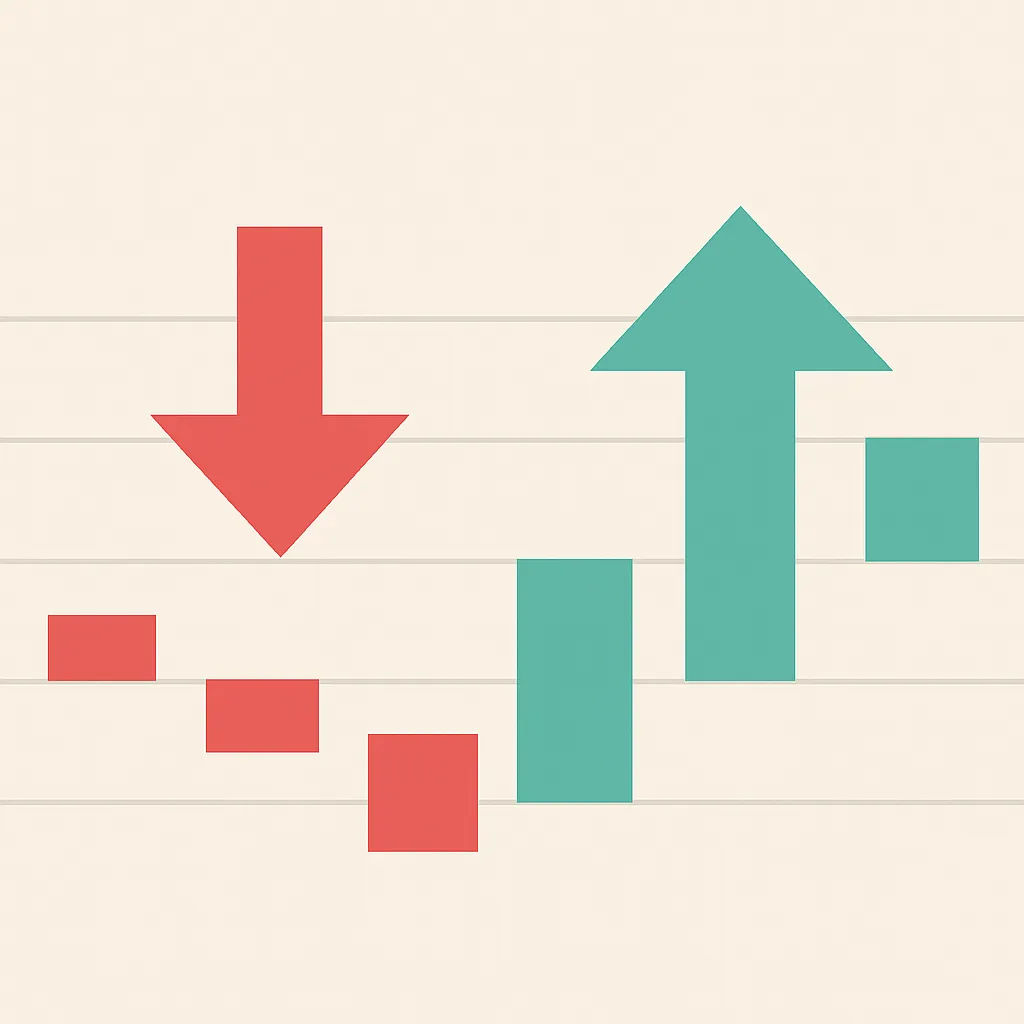

December Trading
Deals Are Live!
Save on Global+, data access,
and add-ons.
See All December Deals

Black Friday
Nov 28-Dec 31
19 days : 4 hours
50% OFF Global+ Quarterly
+ 50% OFF Data (3 months)

Cyber Monday
Dec 1 - Dec 31
19 days : 4 hours
60% OFF Global+ Monthly
+ Data (1 month)

Add-on Deals
Dec 1 - Dec 31
19 days : 4 hours
50% OFF
Add-ons

New Year Sale
Dec 26 - Jan 1
13 days : 4 hours
30% OFF Global+ Lifetime
*Data not included
Education
April 30, 2025
SHARE
Top Mistakes Traders Make with Supply and Demand Trading (and How to Fix Them)
Trading supply and demand zones can give you a serious edge—but only if you know what to look for.
Plenty of traders think they’re using supply and demand correctly, but a few common mistakes keep showing up again and again, especially in fast-moving markets.
If you want to trade smarter, avoid these traps—and make sure you’re actually reading liquidity zones and order flow the way real-time markets demand.
Mistake 1: Treating Supply and Demand Zones Like Static Levels

The Problem:
Some traders mark a supply or demand zone once—and then expect it to work forever.
Markets don’t work like that. Liquidity shifts constantly. Big resting orders can pull, add, or get absorbed without warning.
If you’re still relying on levels drawn from three hours ago without checking the live action, you’re already behind.
How to Fix It:
Use a live order flow tool like Bookmap to watch how liquidity changes in real time.
- If liquidity builds at a zone, the level strengthens.
- If liquidity pulls away, the zone weakens.
- If liquidity gets absorbed, it often sets up the next move through.
🔍 Bookmap Tip: Watch for real-time updates in the heatmap. Liquidity walls that stay sticky matter. Ones that vanish mid-move often signal a breakout coming.
Mistake 2: Ignoring Aggressive Buying and Selling Behavior

The Problem:
It’s not just about where liquidity sits—it’s about how the market reacts around it.
Traders often see a big bid or offer and expect a reversal, without checking if the pressure is actually shifting.
- Are buyers lifting offers at a demand zone?
- Are sellers smashing bids at a supply zone?
Without this context, you’re just guessing.
How to Fix It:
Look at aggressive order flow alongside liquidity.
- Absorption: If aggressive sellers can’t push through strong bids, that’s a sign buyers are stepping in.
- Continuation: If aggressive buyers steamroll over offers at supply, don’t expect a reversal.
🔍 Bookmap Tip: Watch volume bubbles at liquidity zones. A large amount of volume without movement often signals strong absorption—and a possible turning point.
Mistake 3: Forcing Trades at Every Supply or Demand Zone

The Problem:
Not every liquidity zone deserves a trade. Some zones are minor noise, especially in highly volatile sessions.
Traders get caught forcing entries just because “there’s a zone there,” even when order flow shows no real reaction.
How to Fix It:
Be selective. Look for confirmation that the market respects the zone before committing.
Confirmation could include:
- A slowdown in price movement at the zone
- Absorption of aggressive orders
- Shift in momentum (buyers turning up after a test of demand)
🔍 Bookmap Tip: You don’t need to catch every move. Waiting for clear signs in liquidity and order flow increases your odds of better trades—and better exits.
Mistake 4: Misreading Thin Liquidity Breakouts

The Problem:
Thin books (very little resting liquidity) can cause price to move fast and fake traders out.
Many traders mistake these fast moves as genuine breakouts, jumping in just as price slams into a thicker liquidity wall.
How to Fix It:
Always check the depth around key zones.
- A fast move through thin liquidity needs confirmation (volume and follow-through).
- If price runs up but immediately gets rejected at the next strong liquidity area, it’s a classic trap.
🔍 Bookmap Tip: Keep an eye on the “liquidity gap” areas. They can create fakeouts where price overshoots and reverses hard.
Final Thought: Don’t Just Spot Liquidity—Understand It
Trading supply and demand is powerful. But it’s not about drawing rectangles and hoping for the best. It’s about reading how live liquidity and order flow interact to shift probabilities in your favor.
If you want to seriously level up your skills, go beyond the basics.
✅ Make sure to complete the full Supply & Demand Setups Course in the Learning Center.
It covers everything you need: setups, examples, and real-world corrections based on live order flow.
FAQ
What is the biggest mistake traders make with supply and demand trading?
The biggest mistake is treating supply and demand zones as fixed levels without accounting for real-time liquidity changes and order flow behavior.
How can order flow help correct supply and demand trading mistakes?
Order flow shows whether buyers or sellers are aggressive at key zones, helping traders confirm if a reversal or breakout is real or likely to fail.
Why does thin liquidity lead to false breakouts?
Thin liquidity means fewer resting orders to slow price down, causing fast moves that can trap traders before price reverses at stronger zones.
